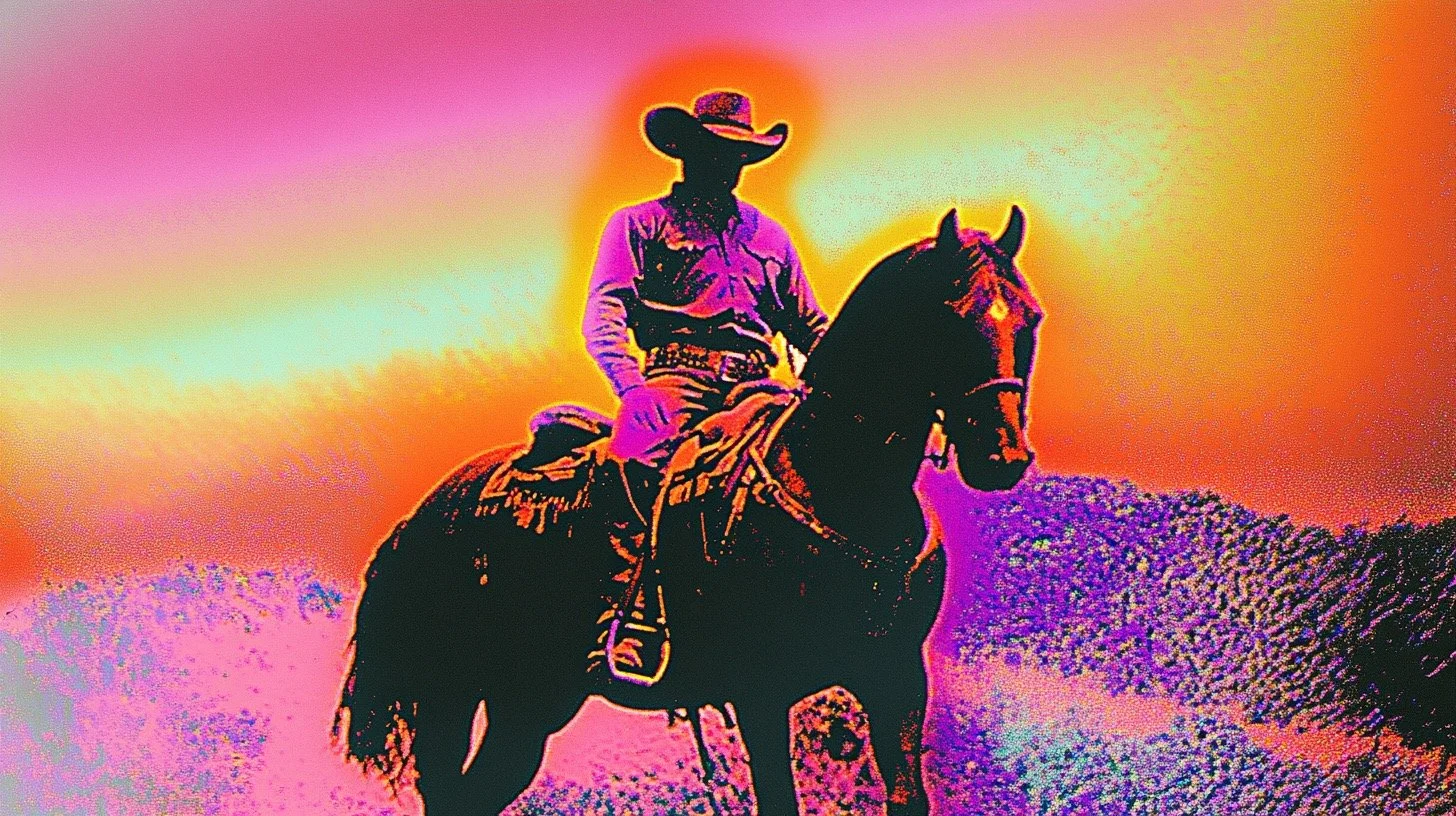Google Veo 2: Video Prompting Guide
Google's Veo 2 is an AI video generator capable of transforming still images into visually compelling 8-second clips. Google's innovation is particularly impressive due to its grasp of cinematic language. Using terms like "timelapse," "aerial shot," or "side-scrolling dolly" genuinely influences how the AI interprets and renders motion.
To illustrate, I recently prompted Veo 2 with "a side-scrolling dolly shot as the cowboy walks through the desert," accompanied by an image I generated using Midjourney.
Despite Veo 2 being relatively new – and lacking a definitive prompting guide – the structured approach I've tested with Runway Gen-4 translates surprisingly well, guiding Veo 2's outputs effectively.
The Fundamentals Expanded
Macro Prompt as the Foundation: Start your creative process by crafting one overarching prompt. This "macro" statement establishes the mood, emotional atmosphere, and color palette, effectively anchoring the AI’s aesthetic choices throughout the generation process. Think of it as setting the stage for your digital cinematographer.
Motion Over Appearance: Veo 2 already "sees" the appearance from your chosen image. What it craves next is clear direction on motion and action – tell it how your scene unfolds, not how it looks. For instance, saying "the cowboy spins gently as desert dust floats around him" leverages visual potential already hinted at in your still image.
Precision and Brevity Win: Clarity is king. Keep your prompt concise, under 30 words, clearly specifying subject, camera moves, and any dynamic effects or behaviors. Specific yet compact phrasing enhances the AI's focus and yields more controlled, vivid results.
Practical Mechanics in Detail
Active, Neutral Language: Frame actions using neutral nouns and strong, active verbs ("the dancer rises," "the camera drifts," "light flickers"). This approach ensures the AI clearly understands intent without getting bogged down by ambiguous or overly stylized language.
Dynamic Elements Only: Describe only the elements that change or move. Skip static visual traits already captured in your image. The model responds to change-oriented cues – let the still image handle the baseline aesthetic.
Avoid Complexity Overload: Limit compound actions to those that naturally flow together ("walks forward and lifts hand" feels fluid and natural; listing multiple discrete actions feels disjointed). Aim for one coherent action or motion per clip.
Match Camera and Tone: The camera movement profoundly influences mood. Use a locked tripod shot for stability, handheld for intimacy and immediacy, or dolly and crane shots to reveal or emphasize depth. Aligning camera movement with your scene’s emotional intent is key.
Methodical Prompt Iteration
One Idea, One Shot: Keep prompts to a singular core idea per clip. Simplicity maintains coherence and produces stronger emotional and cinematic impact.
Iterate and Refine Thoughtfully: Make incremental adjustments, changing only one variable per iteration—motion, camera style, or subject behavior—to systematically explore what's most effective. Patience and methodical refinement consistently yield the best results.
Ready to experiment yourself? Google currently offers free daily access to Veo 2, with around 4-5 video generations per day.
Explore here: Gemini AI Studio
